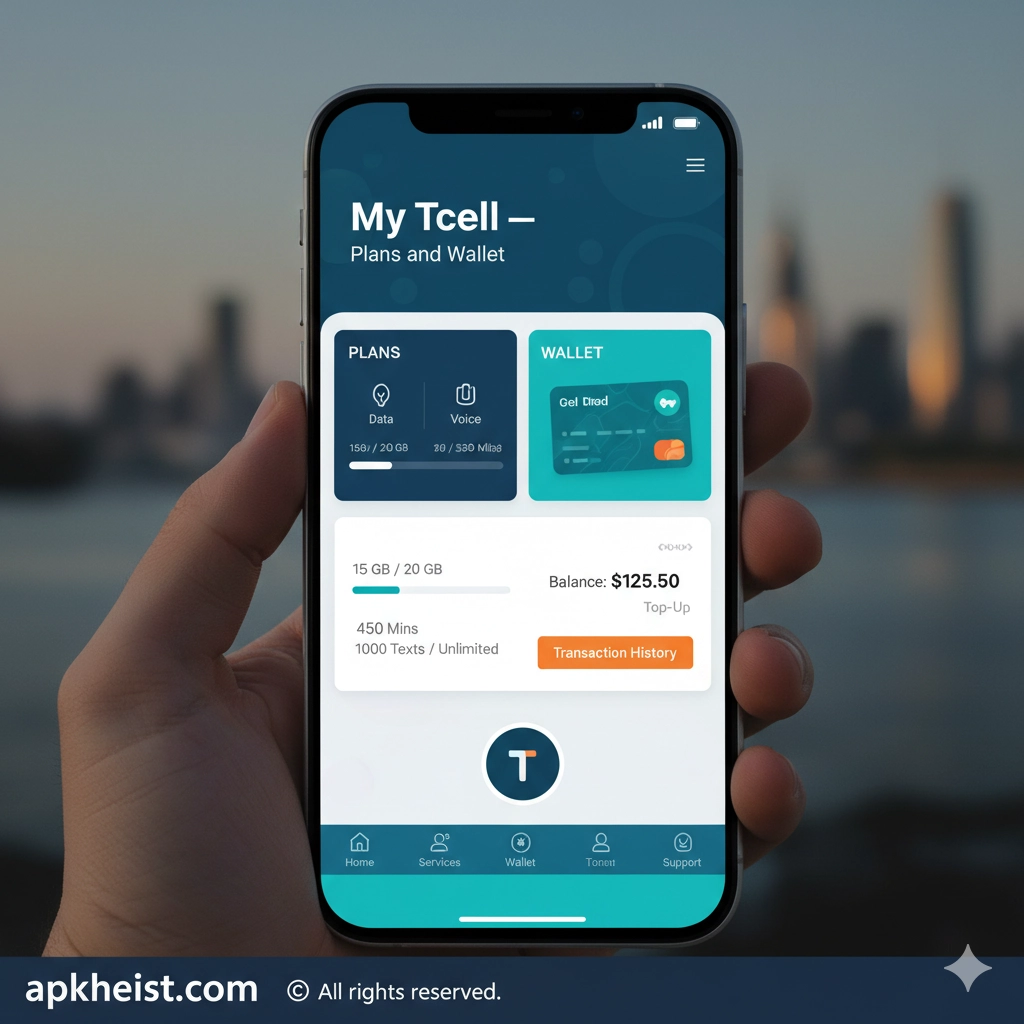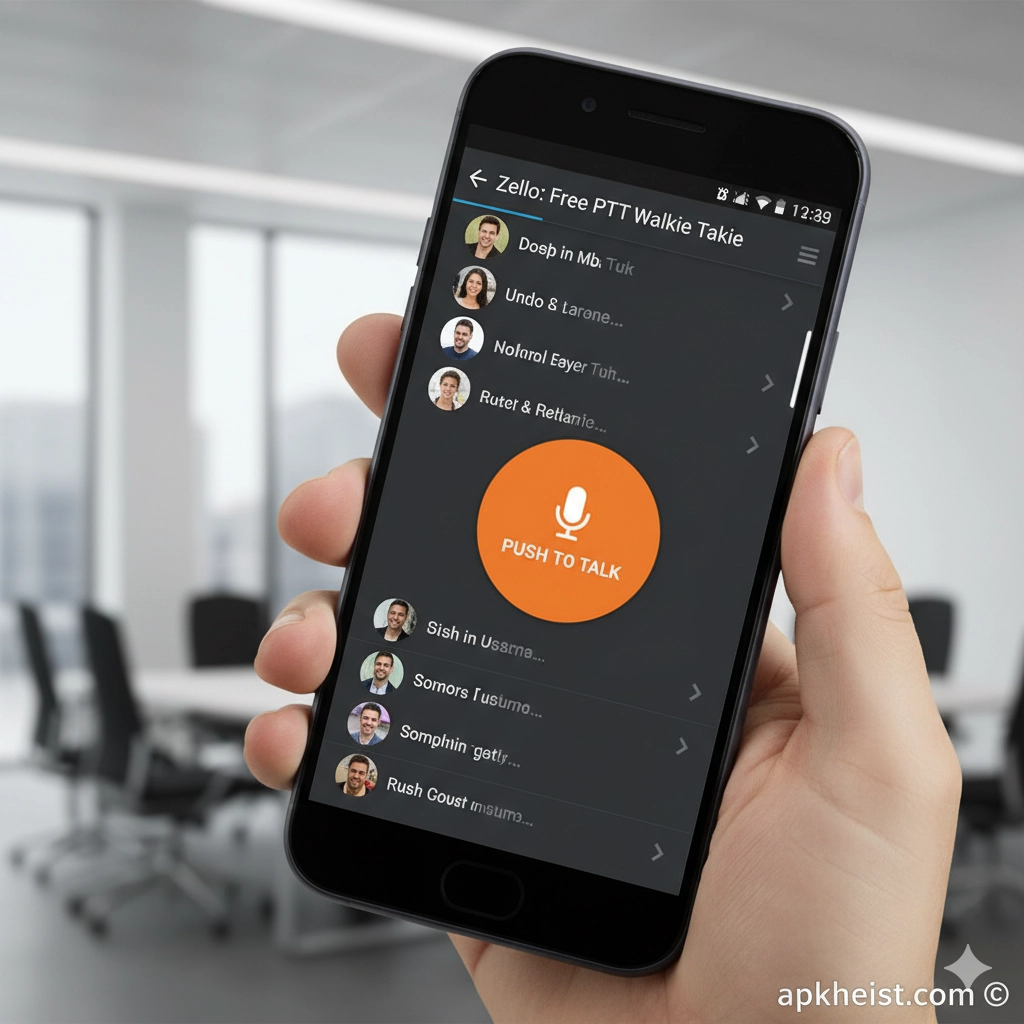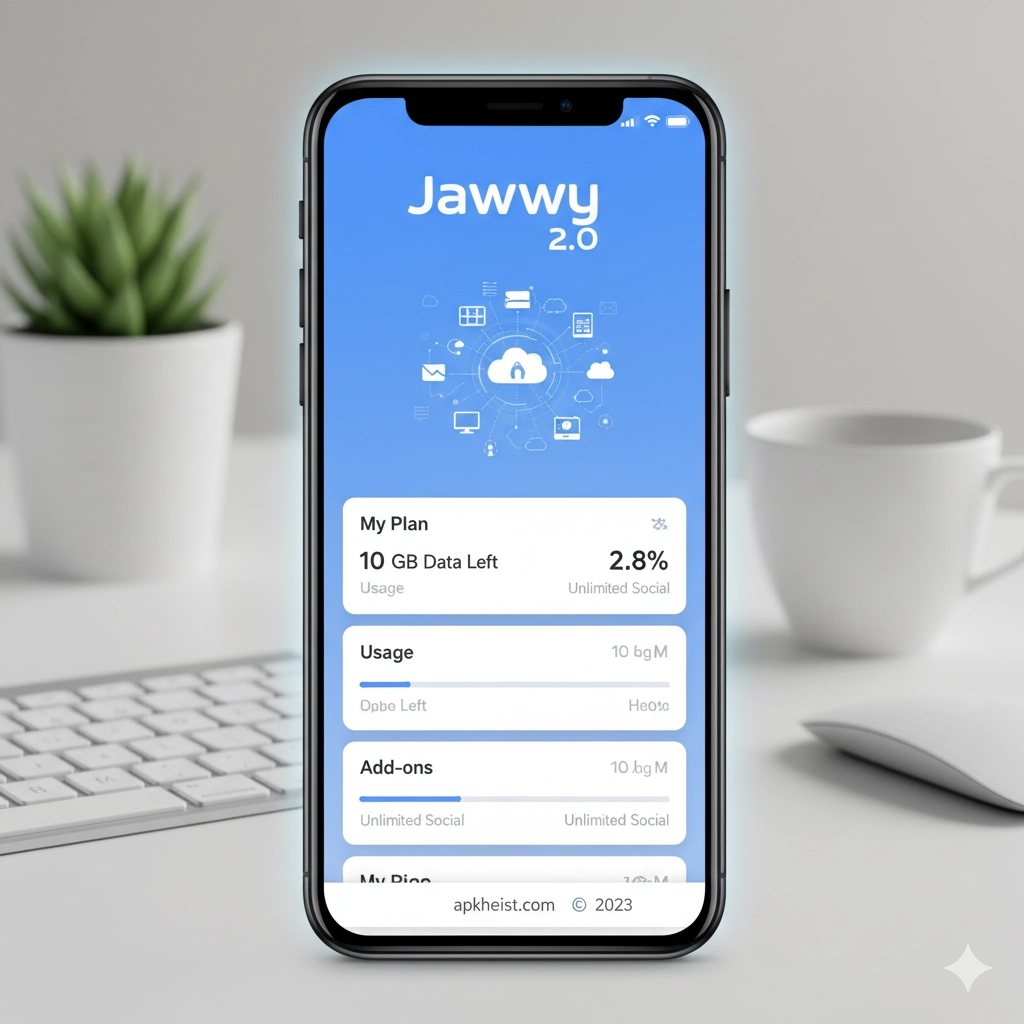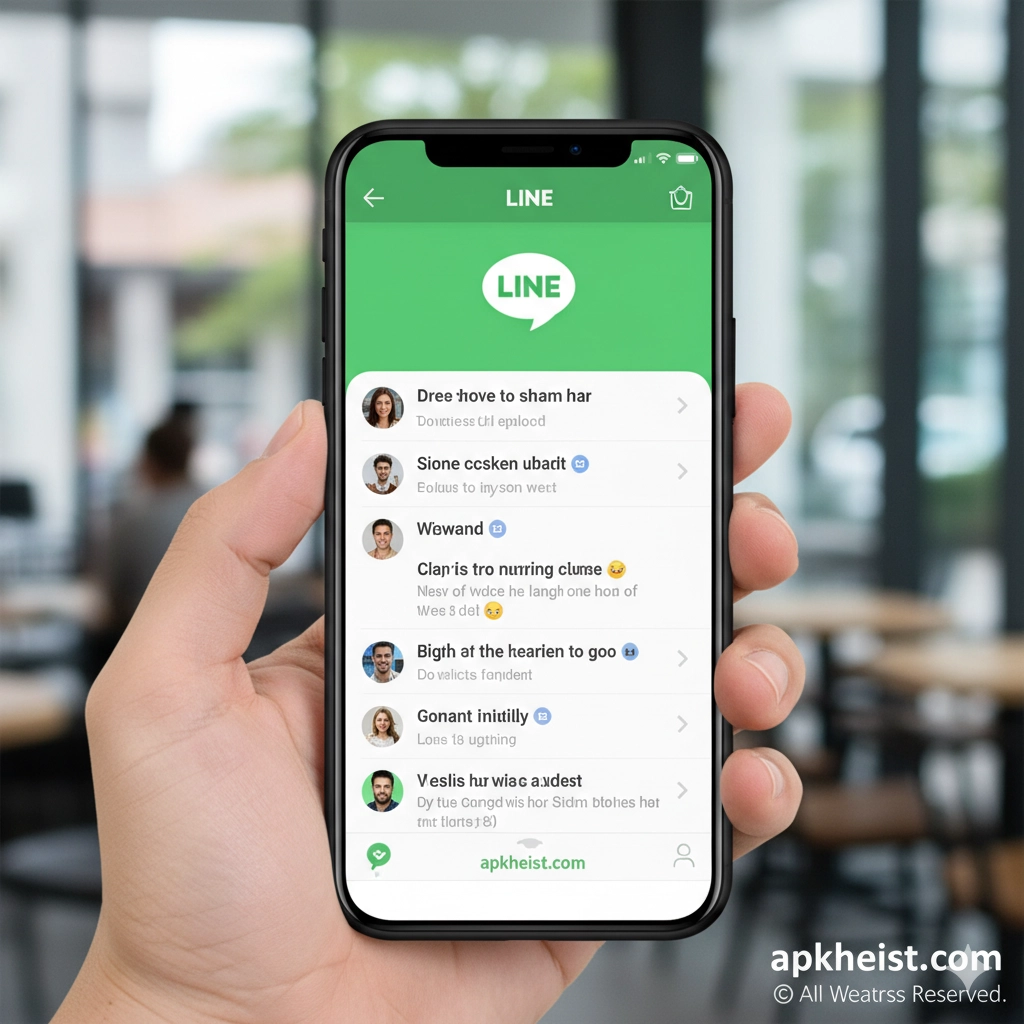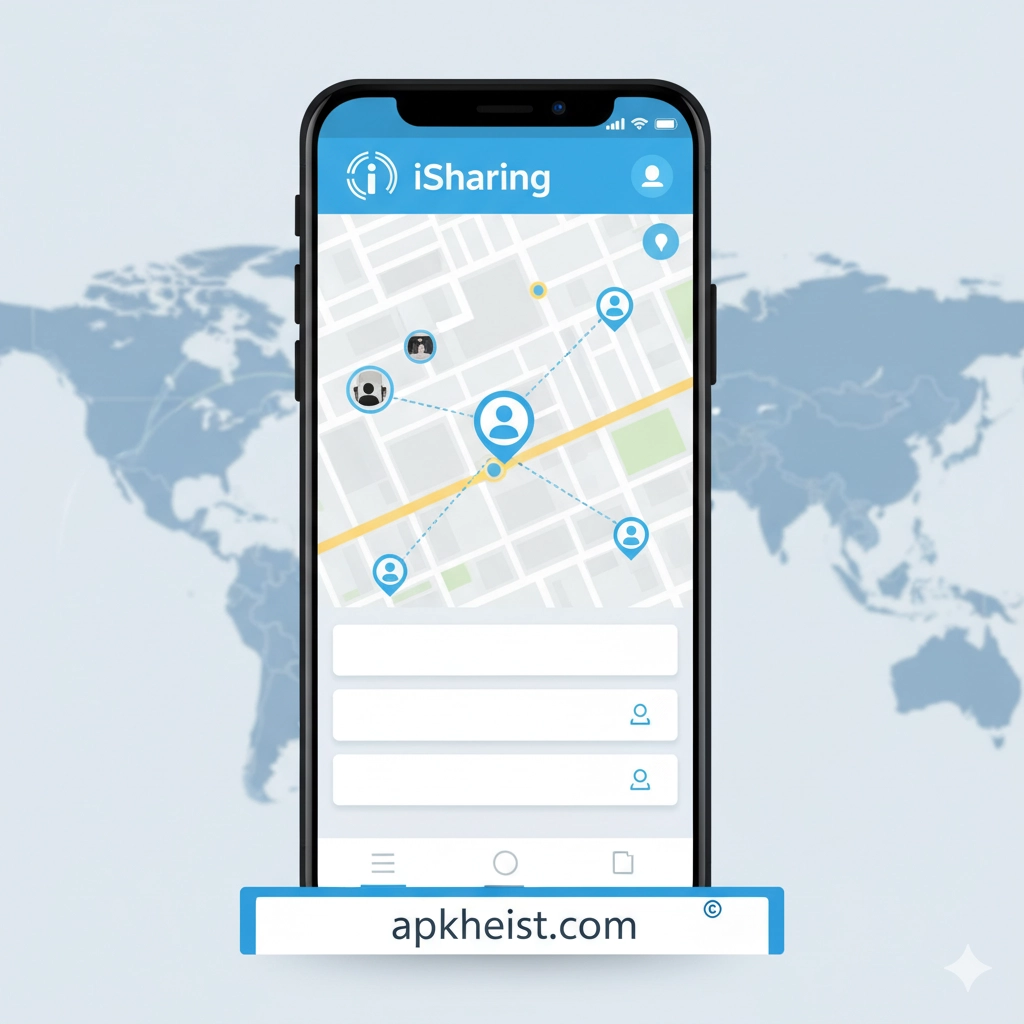Long intro: FastSat brings satellite connectivity into the palm of your hand. The app guides users through device pairing, signal calibration, and real-time telemetry display while exposing advanced diagnostics for technicians. Whether you are performing remote telemetry reads, coordinating field teams, or simply tracking signal health, FastSat consolidates essential workflows — from one-tap connection checks to historical usage reports. For practical comparisons and complementary tools, see related resources such as FIAT App and professional references like O'Reilly Pro App Review.
Column intro: Below are focused sections explaining FastSat’s core features, setup steps, and common use cases — each entry links to an in-page section for deep reading.
1. Quick Setup & First Connection — brief: how FastSat gets you online in under five minutes.
2. Signal Strength & Diagnostics — brief: interpreting telemetry, SNR, and link margin in-app.
3. Power & Hardware Management — brief: battery, antenna, and peripheral monitoring tips.
4. Offline Mode & Data Sync — brief: working disconnected and syncing when online.
5. Team Coordination Features — brief: user roles, location sharing, and task handoffs.
6. Integration & APIs — brief: exporting logs, webhook hooks, and third-party integrations like AUTODOC & diagnostic tools.
7. Privacy, Security & Compliance — brief: data handling, encryption, and regional compliance notes.
1. Quick Setup & First Connection
FastSat’s onboarding is optimized for speed. After installing the app, the initial flow presents a device discovery screen that automatically detects nearby satellite modems via Bluetooth or Wi-Fi direct. Users supply minimal credentials — device ID and activation token — and FastSat runs a guided calibration routine that locates optimal antenna orientation. The app saves a “connection profile” for each site so subsequent reconnections are near-instant. If you manage vehicle-mounted units, consult companion auto tools to maintain firmware: for example, diagnostic and parts ordering workflows are available through related services like AUTODOC, which can influence in-vehicle modem maintenance schedules. The setup chapter also includes quick checks for common failure modes — blocked RF path, incorrect polarization, or mismatched baud settings — and lists precise remediation steps. For administrators, the FastSat dashboard allows pre-loading multiple site profiles and distributing them to field technicians via secure tokens.
2. Signal Strength & Diagnostics
Once connected, FastSat displays live signal metrics: RSSI, SNR, BER estimates, and an adaptive link margin indicator that forecasts throughput under current conditions. The diagnostics view features a time-series chart (1 min, 1 hour, 24 hours) and event markers for connection drops. Advanced users can enable raw telemetry streaming and export CSV logs for offline analysis. The app interprets anomalies and suggests corrective actions — for example, advising antenna realignment when SNR drops below a configurable threshold. For troubleshooting, FastSat includes a layered checklist: physical inspection, antenna feed, modem configuration, and network provisioning. It also supports remote technician sessions using temporary access tokens, enabling experienced engineers to take an immediate readout and perform non-destructive configuration changes. For context on the broader ecosystem of diagnostic apps and scanners, see resources such as Carly OBD2 which, while automotive, exemplifies the value of in-app diagnostics and exportable reports.
3. Power & Hardware Management
Field deployments are constrained by power budgets; FastSat provides an integrated power management module that monitors device voltage, current draw, and estimated remaining runtime. The hardware page lists attached peripherals (GPS, external antenna controllers, battery packs) and exposes safe shutdown and reboot sequences to avoid file system corruption. For installations in vehicles or remote racks, the app supports health checks and scheduled maintenance reminders; these notifications can reference external resources for parts and maintenance procedures, improving uptime. FastSat also profiles power-consuming operations — for example, high-bandwidth telemetry bursts — and suggests alternate schedules to preserve battery life. This module becomes especially valuable when coordinating across multiple units with staggered duty cycles to balance throughput and endurance.
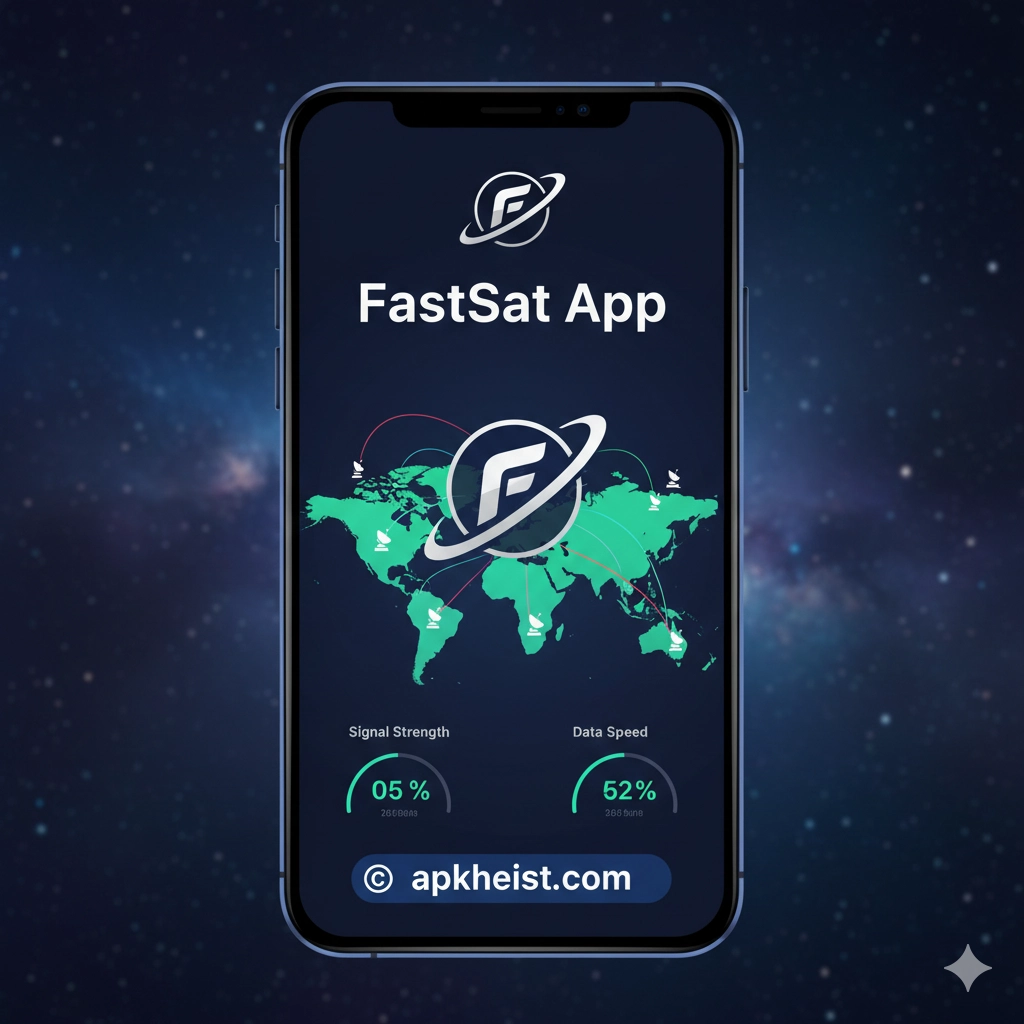
4. Offline Mode & Data Sync
Recognizing intermittent connectivity, FastSat includes an offline mode that allows data collection and local caching. Operators can continue logging telemetry, annotating events, and capturing local imagery. When connectivity resumes, the app performs an intelligent sync: small metadata commits are prioritized, followed by bulk file transfers with resumable uploading. Conflict resolution uses a deterministic timestamp policy with operator override options. This approach reduces the risk of data loss during field missions and streamlines post-mission analysis. Administrators may configure retention policies and selective sync targets to control bandwidth consumption. Many users pair FastSat with knowledge and learning resources for field reference — for example, professional content apps like O'Reilly Pro for protocol references and best practices.
5. Team Coordination Features
FastSat supports user roles and granular permissioning so field teams can collaborate without exposing sensitive controls. Location sharing, task assignment, and a simple chat/log feed enable real-time coordination. Supervisors can create tasks (e.g., “recalibrate antenna — site B”), assign due windows, and attach required checklists. The app stores an audit trail for each task, useful for compliance and post-mission reviews. Role-based views ensure that technicians see only what they need: hardware controls, telemetry readouts, and checklists — while managers access aggregated usage and uptime reports. For vehicular integrations that require media playback or screen casting during ops, you might find vehicle multimedia tools like aaad CarStream relevant to overall in-vehicle ergonomics.
6. Integration & APIs
FastSat exposes a RESTful API and webhook hooks to integrate with existing backend systems. Supported endpoints include session logs, telemetry exports, connection profiles, and user management. The API supports OAuth2 for secure access, and webhooks can be configured for event notifications (connection lost, SNR below threshold, device offline). Export formats include JSON and CSV; large log deliveries are chunked to preserve reliability over variable networks. Typical integrations route telemetry into centralized dashboards or ticketing systems so that on-call engineers receive immediate alerts. For a sense of how similar ecosystems manage diagnostic data and external tool links, consult related platform articles such as AUTODOC for parts workflows and device lifecycle integration.
7. Privacy, Security & Compliance
FastSat treats telemetry and user data as high-sensitivity. The app encrypts data at rest and in transit with modern algorithms, supports device attestation, and enforces role-based access controls. Audit logs are immutable once written, and retention settings are configurable for regional compliance (GDPR, CCPA, or local telecom regulations). For deployments involving vehicles or commercial fleets, administrators should document consent and data handling policies; FastSat includes template policy language for operators to adapt. The security section also details recommended operational practices: rotating access tokens, multifactor authentication for administrative accounts, and secure provisioning workflows for new hardware.
FAQ 1 — What is the FIAT App and how does it relate to FastSat?
The FIAT App is a manufacturer-provided mobile application for FIAT vehicles that manages vehicle services, remote diagnostics, and owner information. While distinct from FastSat, FIAT App illustrates how OEM apps integrate telemetry and user services; FastSat follows a similar model for satellite hardware by providing diagnostics, remote control, and profile management tailored to satellite modems rather than vehicles.
FAQ 2 — Can FastSat export logs compatible with FIAT App or automotive platforms?
FastSat exports logs in common formats (CSV, JSON) that can be ingested by many backend systems. Direct compatibility with FIAT App is unlikely because that app expects vehicle-specific schemas; however, enterprise middleware can map FastSat exports into automotive telemetry pipelines if needed.
FAQ 3 — Is there a way to use FastSat and FIAT App together for in-vehicle satellite installations?
Yes. For vehicles equipped with both satellite modems and FIAT vehicle systems, FastSat can run on a connected device to manage the satellite stack while FIAT App handles vehicle telematics. Integration typically occurs at the fleet management server, where data from both apps is correlated for maintenance and operational analytics.
FAQ 4 — Does FIAT App provide APIs similar to FastSat?
FIAT App may expose manufacturer APIs for certain OEM services, but access is generally restricted and subject to manufacturer terms. FastSat’s API is designed for broader integrability in satellite operations; enterprises should contact FIAT or their vehicle integrator for access policies if deep integration is required.
FAQ 5 — Are there privacy differences between FastSat and FIAT App?
Both apps handle sensitive telemetry but differ in scope: FIAT App focuses on vehicle and driver data, while FastSat handles satellite hardware telemetry. Each app’s privacy obligations depend on jurisdiction and data types collected; both recommend transparent consent and careful retention policies to remain compliant.
FAQ 6 — Can FastSat help diagnose antenna issues that might affect in-vehicle installations documented by FIAT App?
FastSat provides detailed antenna diagnostics (SNR trends, pointing guidance) that can supplement vehicle-level diagnostics. When both tools are used together, teams can identify whether an issue stems from vehicle electrical systems (FIAT App context) or satellite link problems (FastSat context).
FAQ 7 — Where can I find additional resources or related apps referenced in this article?
Relevant resources and related apps referenced include professional reading like O'Reilly Pro App Review, diagnostics tools such as Carly, parts and maintenance services like AUTODOC, multimedia integrations such as aaad CarStream, and fleet-oriented parking tools like LKW.APP. These resources complement FastSat by addressing vehicle support, diagnostics, and field operations workflows.

